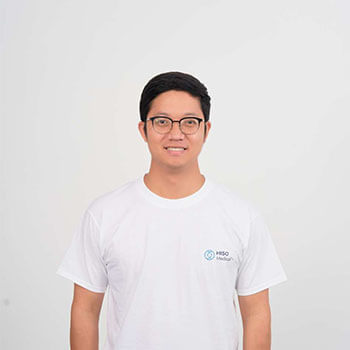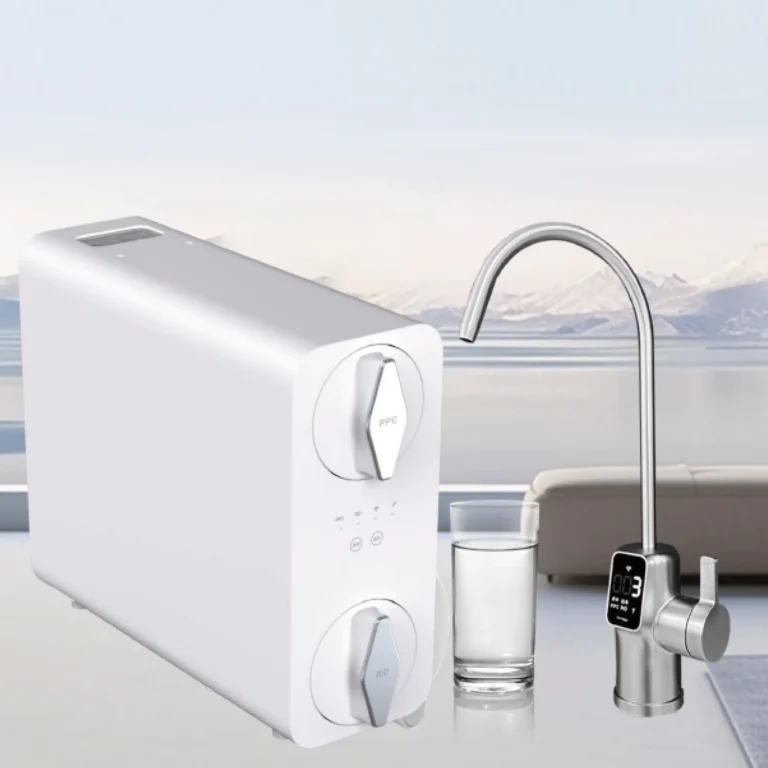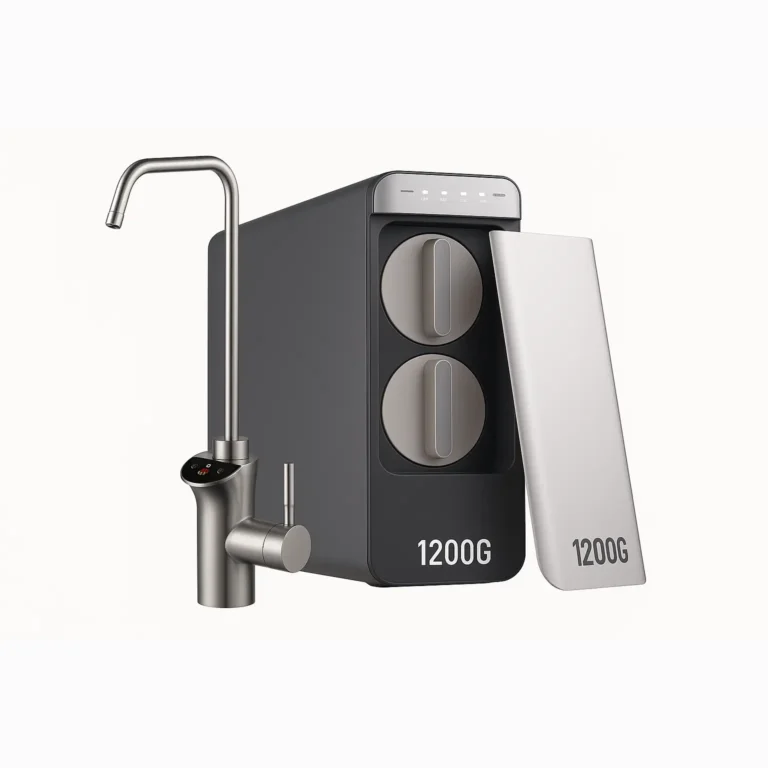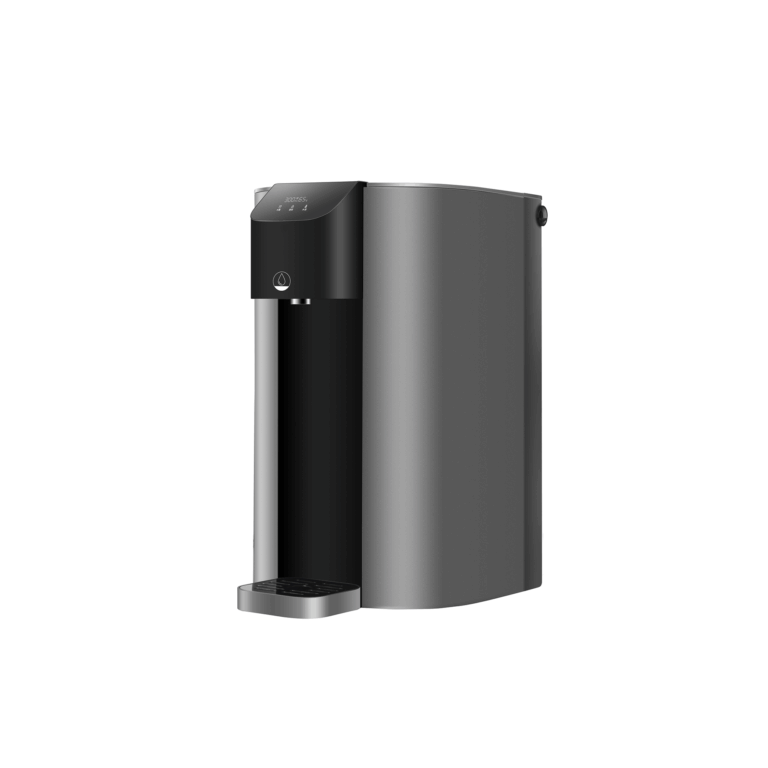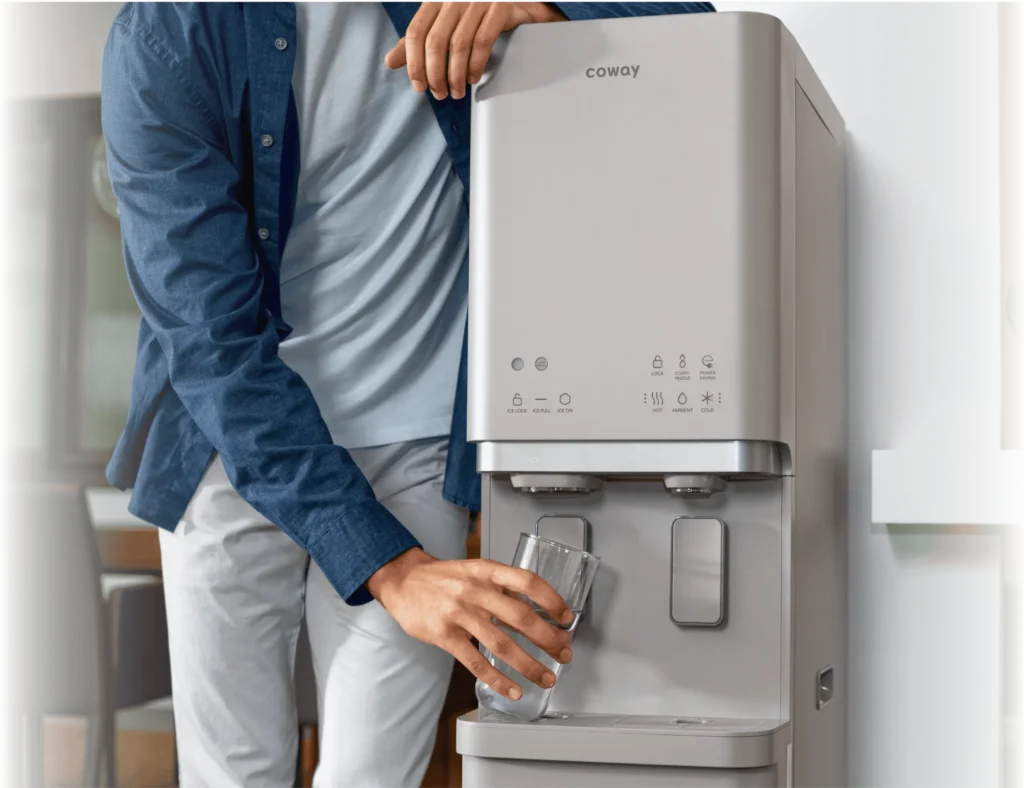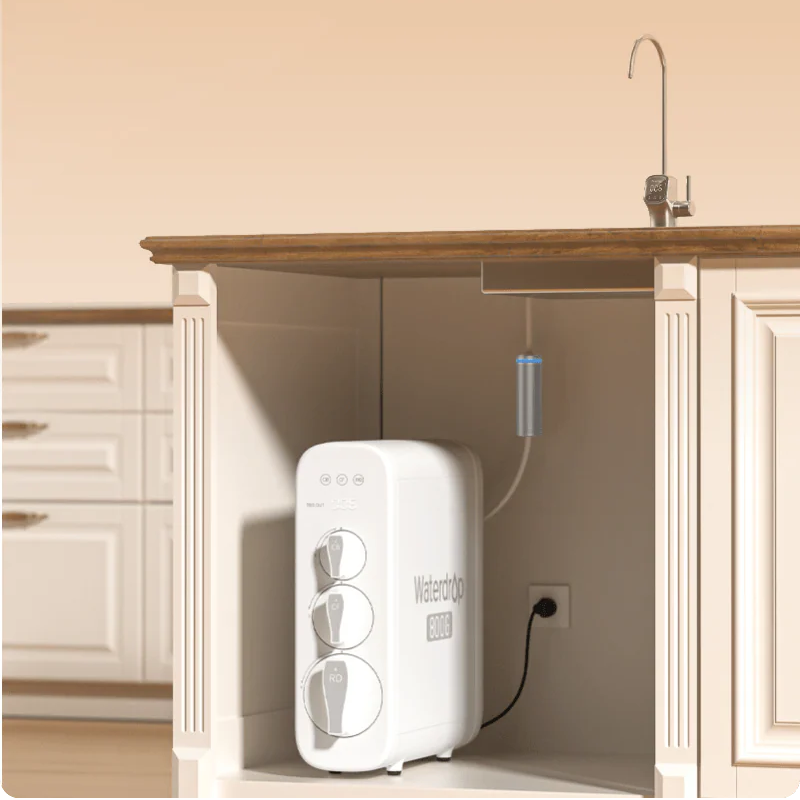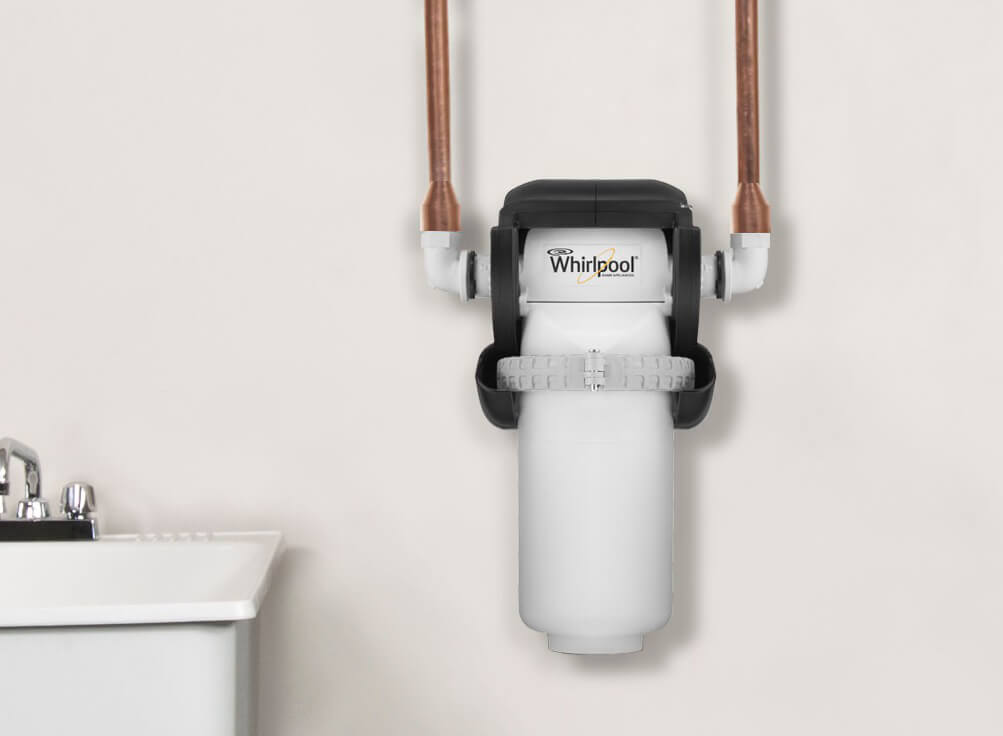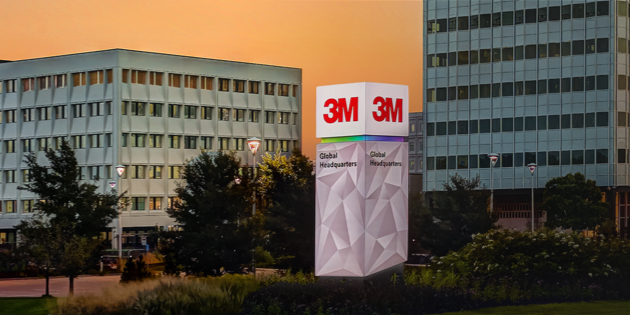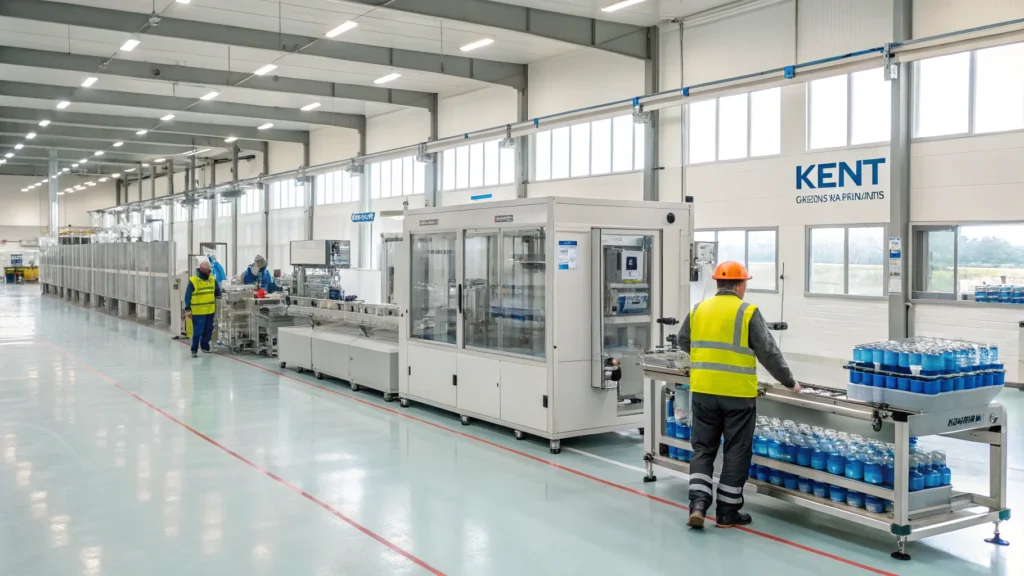For discerning consumers and business clients alike, the question “Where is it made?” goes far beyond geography. It speaks to quality, innovation, supply chain resilience, and the strategic vision of a global brand.
When it comes to LG water purifiers, the answer is not one single location but a sophisticated global manufacturing strategy. By balancing premium Korean innovation with cost-effective international production, LG ensures that every product from flagship PuriCare™ models to accessible, mass-market units delivers reliability, safety, and trust.
This article takes you on a journey through LG’s global manufacturing footprint, from cutting-edge facilities in South Korea to cost-efficient hubs in Asia and the Americas, to show you how and where your LG water purifier is made.
South Korea is the undisputed epicenter of LG's technological prowess. It is here that the company's most advanced research, development, and manufacturing processes converge to create the premium products that define the brand. For water purifiers, this Korean nexus has historically involved two key facilities, each with a distinct but vital role in the value chain.
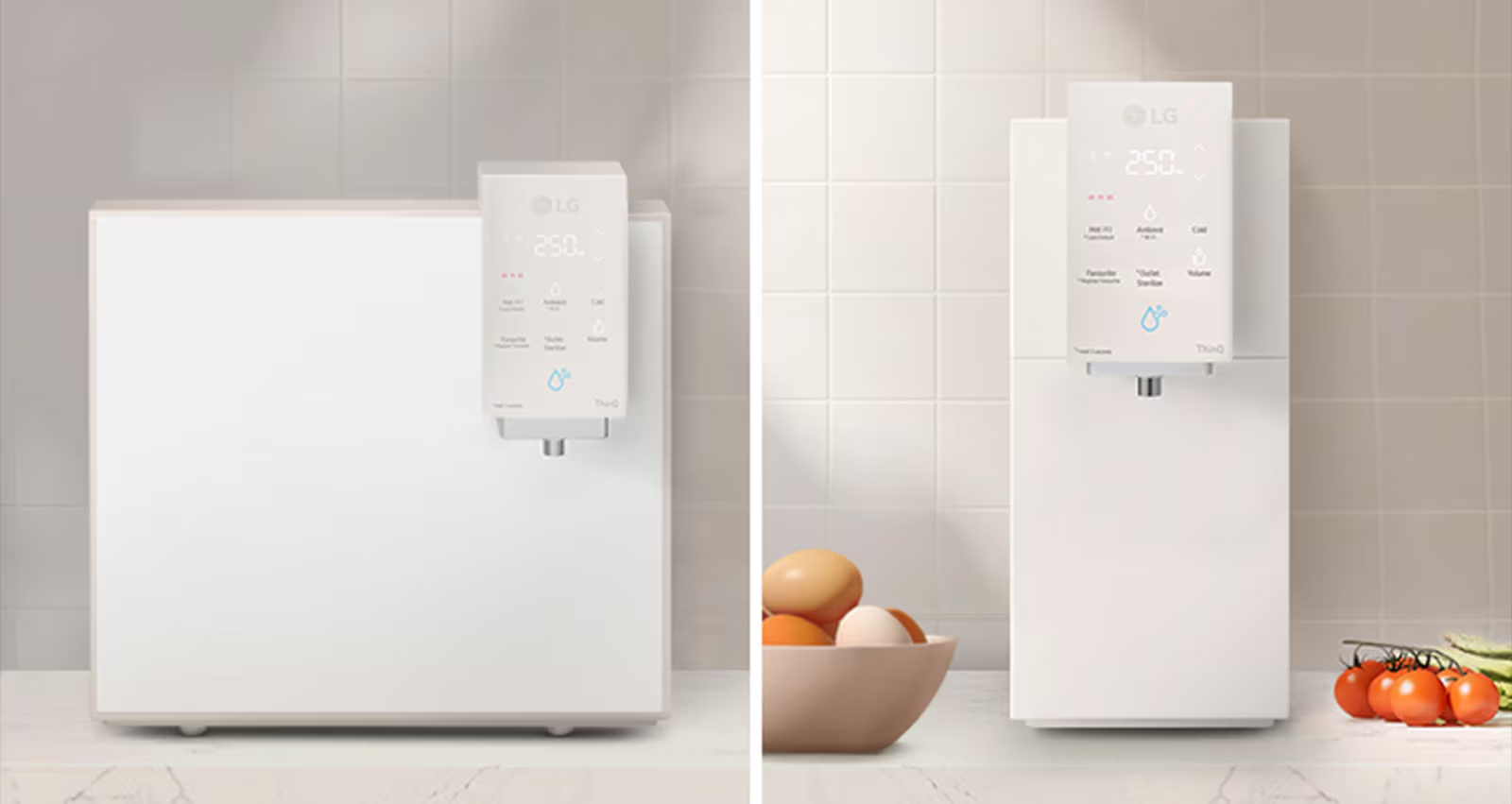
Cheongju: The Core of Filter Technology
The single most critical component in an advanced water purifier is its filter. For years, the heart of LG's premium purifiers the Reverse Osmosis (RO) membrane was manufactured by its affiliate, LG Chem, at a specialized plant in Cheongju. This facility was not just an assembly line; it was a hub of material science innovation. After strategically acquiring the US-based water treatment startup NanoH2O in 2014, LG Chem gained crucial patents for Thin-Film Nanocomposite (TFN) technology, allowing it to produce RO membranes with world-class performance.
The Cheongju plant produced filters with a salt rejection rate of 99.89%, a figure that set a new industry benchmark. This superior performance, driven by deep technological expertise, created immense global demand, with the plant often running at full capacity to supply markets in Asia, the Middle East, and for domestic use. This vertical integration was a key competitive advantage, giving LG Electronics exclusive access to a proprietary, high-performance component for its flagship purifiers.
However, in a significant strategic shift, LG Chem recently agreed to sell its water solutions business, including the Cheongju plant and its patents, to the Seoul-based firm Glenwood Private Equity. This move, designed to allow LG Chem to focus on future growth areas like battery materials, transforms a secure internal supply chain into a more traditional supplier relationship. While LG Electronics will undoubtedly maintain a supply agreement, this divestment marks a new chapter in how its most critical component is sourced.
Changwon: The Smart Park Assembly Hub
Once the advanced filter is produced, it is sent to be integrated into the final product at one of the world's most advanced factories: the LG Smart Park in Changwon. This facility, which assembles refrigerators and water purifiers, is the command center for LG's global home appliance business. Its prestige is confirmed by its designation as a "Lighthouse Factory" by the World Economic Forum, an honor reserved for pioneers of the Fourth Industrial Revolution in manufacturing.
The Changwon plant is a showcase of intelligent automation, using 5G-networked logistics robots and AI-powered quality control systems that can predict defects before they happen. Assembling the premium LG PuriCare™ water purifiers here is a deliberate choice. It physically embeds the brand's promise of innovation and quality into the product itself, reinforcing the value and prestige associated with a "Made in Korea" appliance.
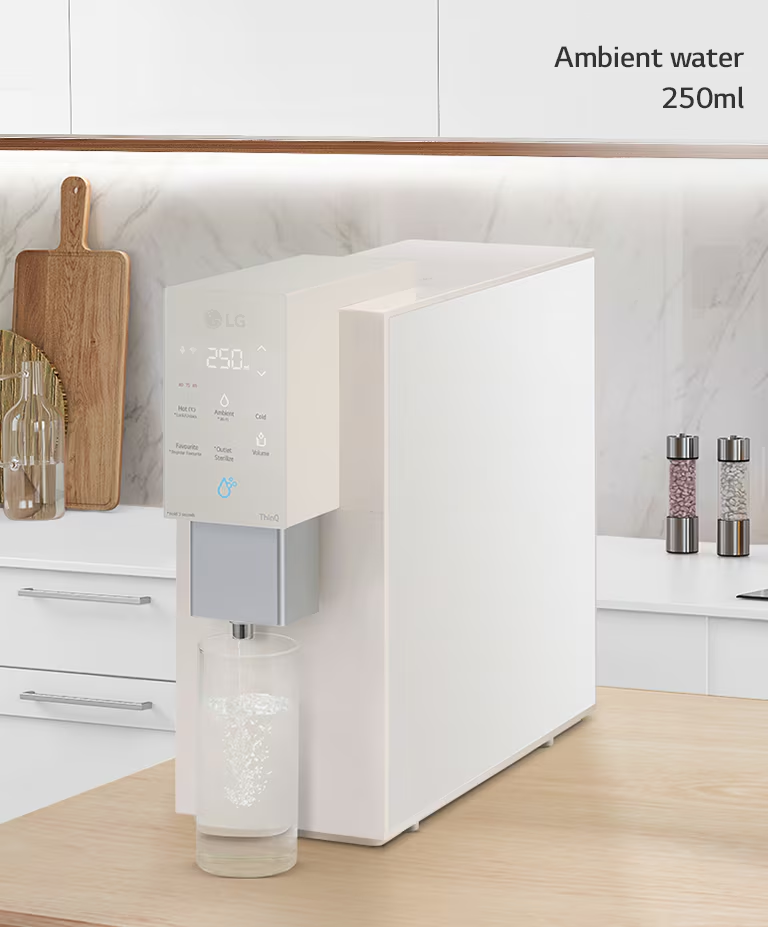
Global Hubs: Manufacturing for Scale and Market Proximity
While South Korea handles the premium end of the spectrum, LG's global success relies on a network of regional manufacturing hubs designed for scale, efficiency, and market responsiveness. This is where the strategy for producing accessible, high-volume models comes into play.
China: The Engine of Cost-Effective Production
China plays a pivotal role in LG's global strategy as a hub for large-scale, cost-effective manufacturing. While no public documents explicitly state that final water purifier assembly occurs in China, the operational template for the closely related air purifier category provides a clear and logical precedent. For air purifiers, LG uses its Chinese facilities to produce mass-market models for global distribution, leveraging the country's lower production costs and incredibly robust supply chains.
It is crucial to understand that "cost-effective" does not mean "low quality." The primary advantage of manufacturing in China is not just cheaper labor, but access to a deep and efficient ecosystem of component suppliers. This allows LG to source high-quality parts quickly and affordably, enabling them to build feature-rich purifiers at a competitive price point without sacrificing quality. LG Chem has also maintained a significant manufacturing presence in China for decades, producing a wide range of materials and giving the corporation deep operational expertise in the country. This makes China an ideal location for producing the high-volume water purifier models that serve the global mass market.
India: The Next Frontier for Growth and Localization
India represents a cornerstone of LG's future strategy. The company has operated in the country since 1997, with established manufacturing plants in Greater Noida and Pune producing a wide range of appliances for the domestic market. One supplier on the business platform IndiaMart even lists LG Electronics India Private Limited in Greater Noida as a manufacturer of an "LG 8L RO+UV+Mineral Booster Water Purifier".
LG is now dramatically scaling up its Indian operations with a new $600 million manufacturing plant in Sri City, Andhra Pradesh. This massive investment signals a strategic shift, elevating India from a market to be served into a comprehensive manufacturing and export hub. The Sri City plant is designed to:
- Focus on Premium Products: Unlike the existing Noida facility, the new plant will manufacture premium appliances like French-door refrigerators and front-loading washing machines to cater to India's growing middle class.
- Serve as an Export Hub: Its strategic coastal location is ideal for exporting to neighboring countries in South Asia and key markets in the Middle East, positioning India as a hub for the "Global South".
- Achieve Massive Scale: When fully operational, the plant will have an annual production capacity of 800,000 refrigerators, 850,000 washing machines, and 1.5 million air conditioners. While water purifiers are not listed in the initial phase, their inclusion is highly probable as LG continues to localize its full product portfolio.
This investment is paired with a deep localization strategy, with LG already sourcing over 50% of its components from Indian suppliers and encouraging its Korean partners to set up local facilities.
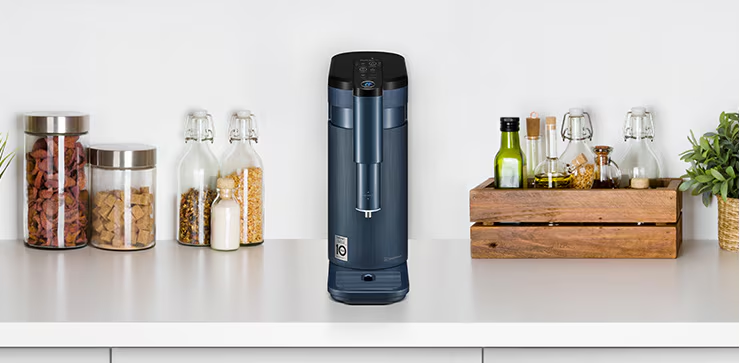
The Americas and Europe: Serving Mature Markets
Completing the global picture are facilities strategically positioned to serve key mature markets.
- Mexico: LG operates plants in Mexico with the primary goal of efficiently serving the large North American market. This nearshoring strategy reduces shipping times and costs, allowing LG to be more responsive to demand in the U.S. and Canada.
- United States: To further solidify its North American presence, LG opened a major factory in Clarksville, Tennessee, in 2019, which primarily produces washing machines and other home appliances directly for the U.S. market.
- Other Regions: LG also maintains facilities in countries like Vietnam, Poland, and Russia, which typically produce appliances tailored to the specific needs and regulations of their local and regional markets.
Conclusión
So, where is your LG water purifier made? The answer reflects LG’s global ambition and smart supply chain design.
If you buy a flagship LG PuriCare™: It likely carries a Korean-made filter and was assembled at the state-of-the-art Changwon Smart Park.
If you buy a mass-market model: It may come from China or India, delivering reliable performance at scale.
If you’re in North America or Europe: It may be locally assembled to ensure fast delivery and regional compliance.
This global-local balance allows LG to maintain innovation leadership while making clean water accessible worldwide. Whether it’s a premium Lighthouse Factory unit or a high-volume global hub model, LG’s promise remains the same:
Life’s Good powered by trust, quality, and innovation.

